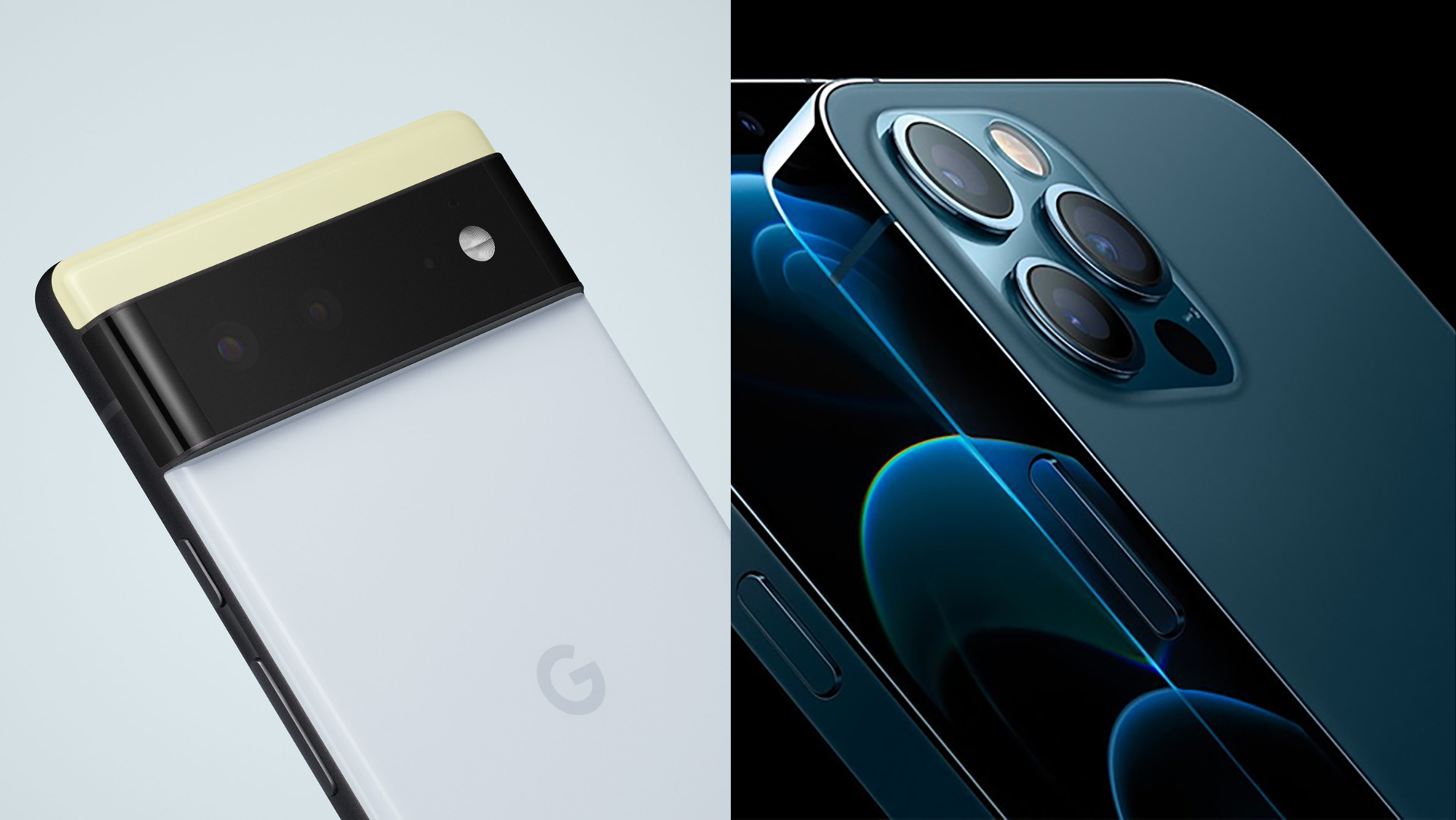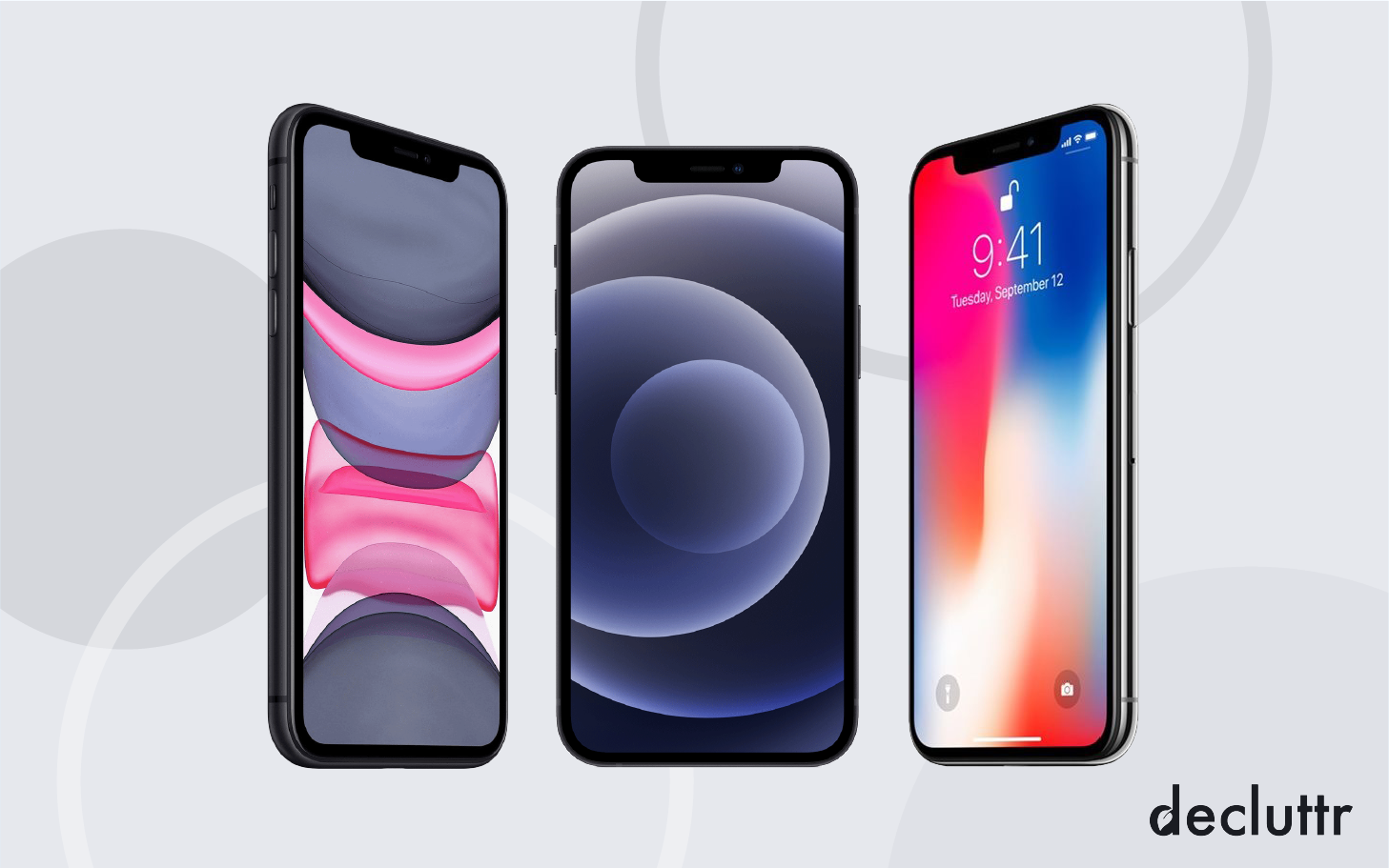Tuesday's iPhone 13 announcement brought out plenty of opinions, but the phrase I've seen repeated the most often is, "it's boring." While I admit that most of the presentation fell flat for me, largely because I'm not really interested in switching to an iPhone, there were two segments that highlighted exactly what it is I wish I could get from the phones I do buy: better video creation.
Featured offer: Get paid 10% more than your old phone's worth
If you have your eye on a brand new iPhone, you don't want to trade in your old device before you see what Decluttr's willing to pay for it. As one of the leading electronic device purchasers, refurbishers, and resellers in the world, Decluttr pays up to 33% more than carriers for used hardware. Not only this, but Android Police readers can get an additional 10% cash back by using the code POLICE10 at checkout. Head on over to Decluttr's website to get started now.
We may receive a commission for products you buy on this page. Additionally, any companies with "featured deals" paid for added exposure of their promotions.
What Apple has done
Sure, iPhones already have a reputation for capturing the best looking video compared to other smartphones, largely thanks to a fairly natural look in the processing, pleasing colors and skin tones, and intuitive controls. But the part that gets my attention is Apple's recent trend of packing legitimately professional features into a smartphone.
Last year Apple released the iPhone 12 Pro with the ability to shoot 10-bit HDR video with Dolby Vision. With the just-announced iPhone 13 Pro, Apple also plans to add support for capturing in ProRes, an industry-standard codec used in editing and delivery of production video. These may not mean much to the average person, but they can be great when it comes time to edit or color grade a video.
And we can't forget that all iPhone 13 models are getting the new Cinematic Mode to capture a depth map alongside the video footage so it becomes possible to change focus (with digital blurring) after a video was captured. Don't let the cringe-inducing Knives Out montage fool you; this is genuinely powerful.
Who really cares about video?
This is the point where somebody rolls their eyes and says no serious movie is shot with a smartphone. While that's no longer true, and it's starting to happen more often as smartphones improve, that's an argument best left for another time.
People are forging careers on video sites, and their only tool is a phone.
Instead of thinking about major film studios, focus on the growing number of indie filmmakers that can't afford expensive gear, enthusiasts that want to do more with videos of family and friends, and of course, the billion or so amateurs already using their phones to produce content for YouTube, TikTok, Instagram, Facebook, Twitter, and anywhere else that you can post videos.
People are forging careers on video sites, and their only tool is a phone — and maybe a laptop or tablet. Most of them begin with the phone they already have, but which phone would you choose if video quality and workflow become important? Here's a little secret: a lot of those people follow camera channels, so they're getting advice from well-known voices like MKBHD, Matti Haapoja, Fstoppers, Tyler Stallman, and many others — and they all think Apple is doing something special.
Pixels of the past, and the future
Pixel phones haven't had the best history with video; in fact, they've been plagued with bugs and underwhelming spec decisions. You'll recall how the Pixel 4 lacked 4K@60fps, there were audio glitches during recording on almost every model (e.g. Pixel 2 and Pixel 3), the Pixel 3 had weird OIS shakes, and who can forget the "Terminator" stabilization on the original Pixel. That's all without getting into the consistently unimpressive quality and occasionally weird color issues.
But that's the past, and each new generation brings the potential for change.
Many of us may remember when the former head of Google+, Vic Gundotra said, "Google is committed to making Nexus phones insanely great cameras." It was almost laughable to say this at the time because Nexus cameras were infamous for their utter mediocrity. Fast-forward three years to the launch of the original Pixel, and Google didn't just surpass expectations — it leapfrogged the historically unbeatable iPhone.
Of course, Vic was talking about stills, not video. After Marc Levoy departed from Google to join Adobe, he gave an interview with The Verge where he remarked:
Video is an entirely different ballgame. The computational photography that we did at Google on the Pixel was largely in the still photography area. There were some other teams that Google working on video, but there was less that they could do because they had to do it in real-time.
— Vergecast, 17:32
It sounds like processing power was the bottleneck, right?
This brings us to the upcoming Pixel 6. We already know it will be launching with the all-new Tensor SoC, and if the recent rumors hold true, it sounds like it will have plenty of power to spare. In a presentation given with Rick Osterloh, samples of the video quality were shown to members of the press that suggest the Pixel 6 is capable of some incredible dynamic range, smart color reproduction, and the ability to handle complicated scenes through intelligent processing.
In terms of camera hardware, everything points to a Samsung GN1 camera sensor for the main shooter and one (or two with the pro model) Sony sensors for the additional cameras. Given the GN1's size and capabilities — which I could nerd-out over for hours if it weren't beyond the scope of this post — the potential for advanced processing techniques is massive.
Is it enough?
The Pixel 6 sounds great, and I want one. I really have no doubt it will be among the best, if not actually the best camera for capturing great-looking video — at least for a while.
This certainly looks like the comeback story we've all wanted.
This certainly looks like the comeback story we've all wanted. But after Tuesday's iPhone 13 event, I'm reminded that this isn't just about building the prettiest video; it's also about how much can be done with your video.
Will the Pixel come prepared to answer the demands of indie filmmakers or up-and-coming TikTok stars that want to color grade their footage, employ rack focus for the perfect comedic moment, or even simply edit video on their phone?
Now that Pixel is back in the race, the pressure is on to step up to the full breadth of what people will want to do with it. Maybe most don't care about ProRes, 10-bit color, or even focusing in post, but I sure hope we can look forward to a good video editor, object removal, and other features that will prove imaging on the Pixel isn't just a one-trick pony.


